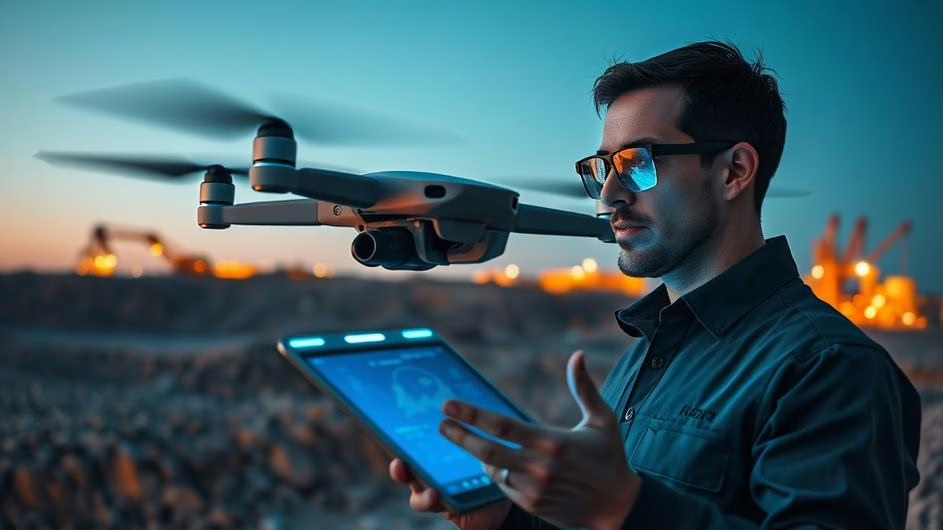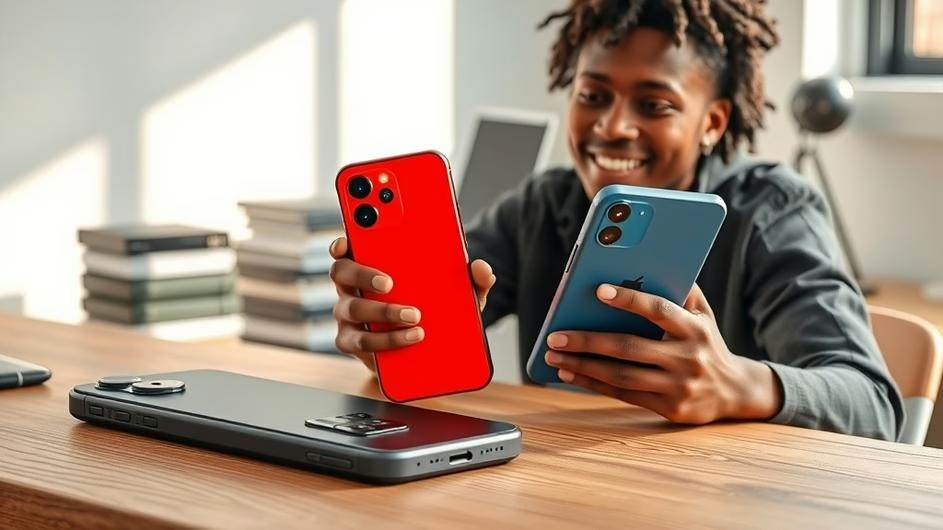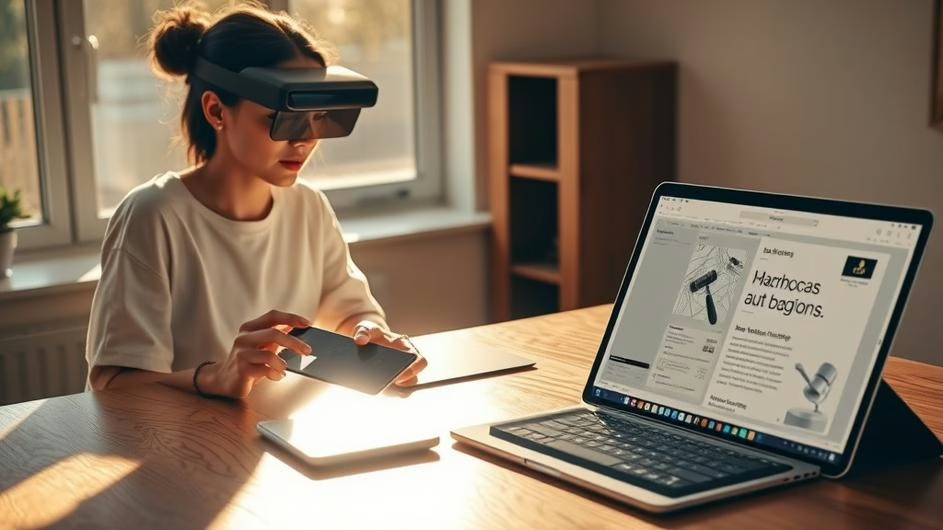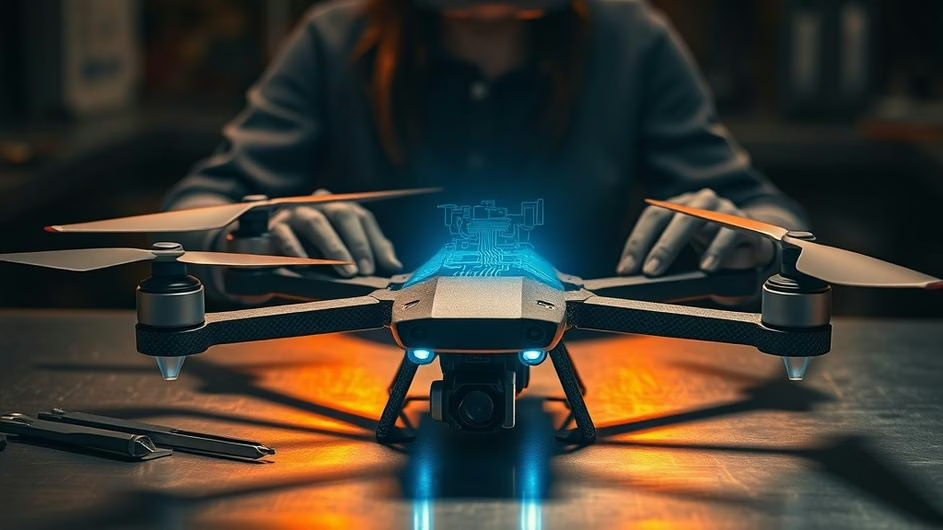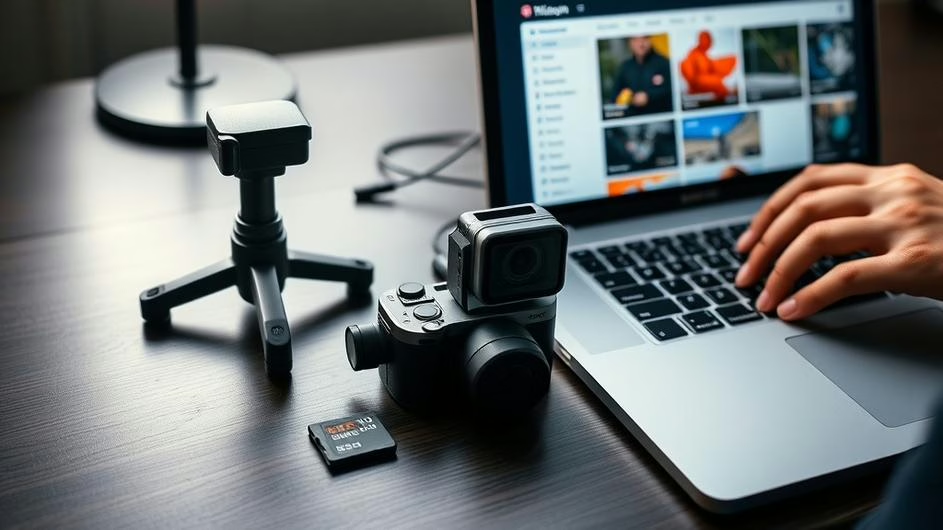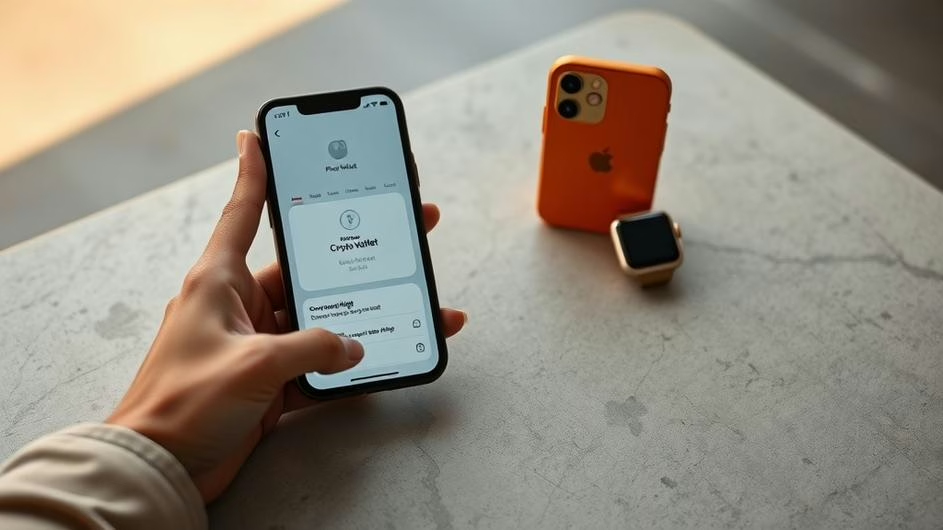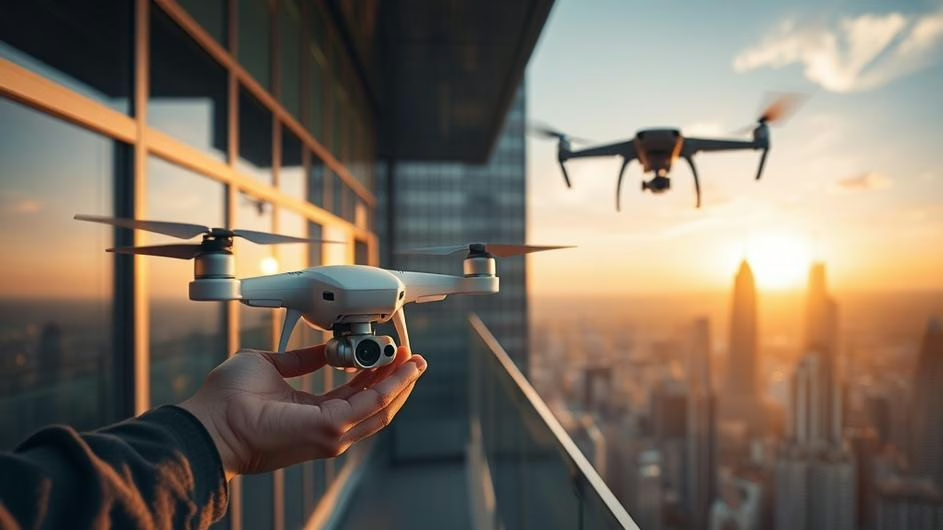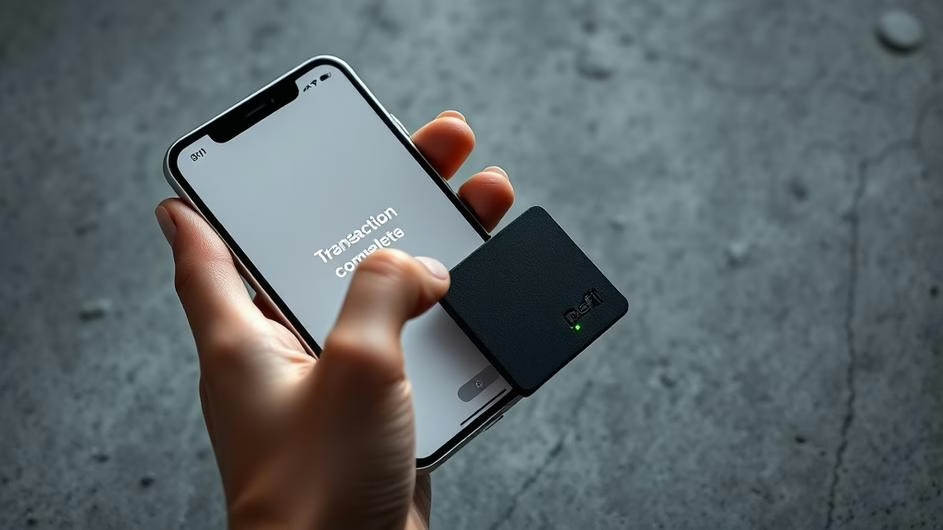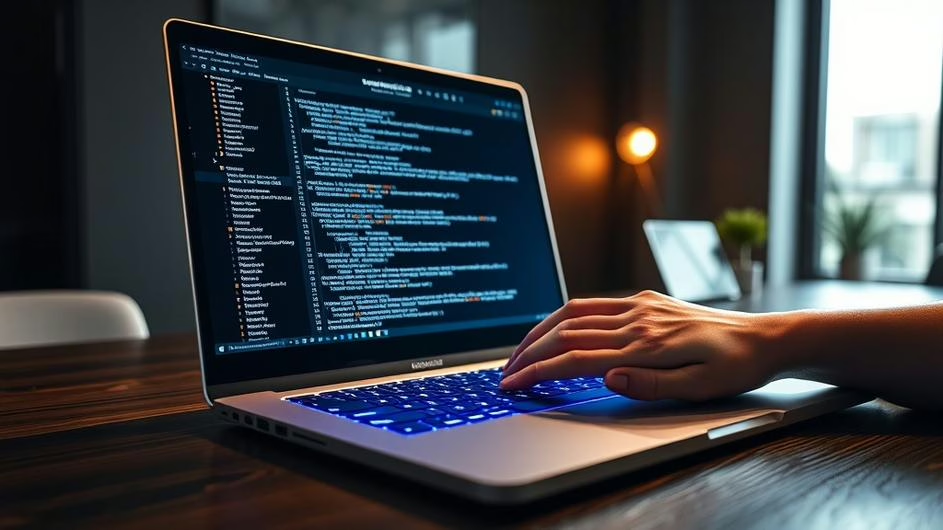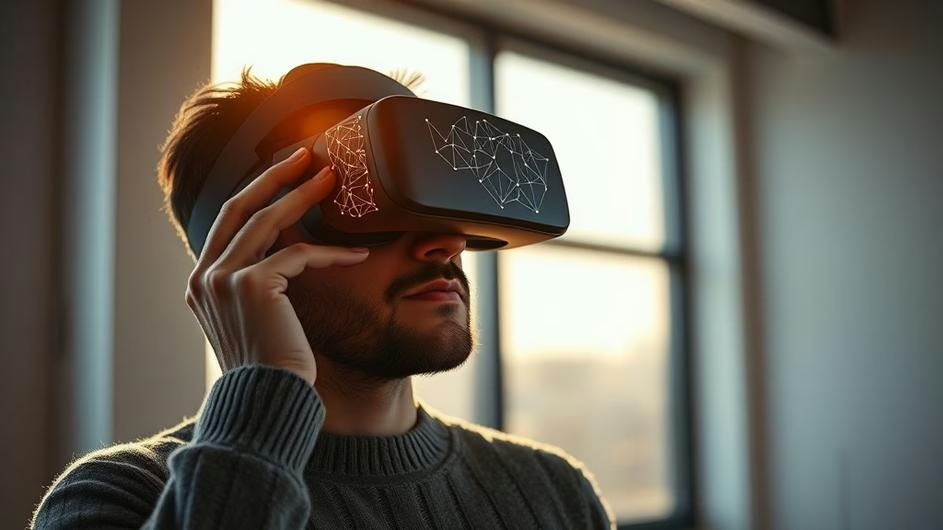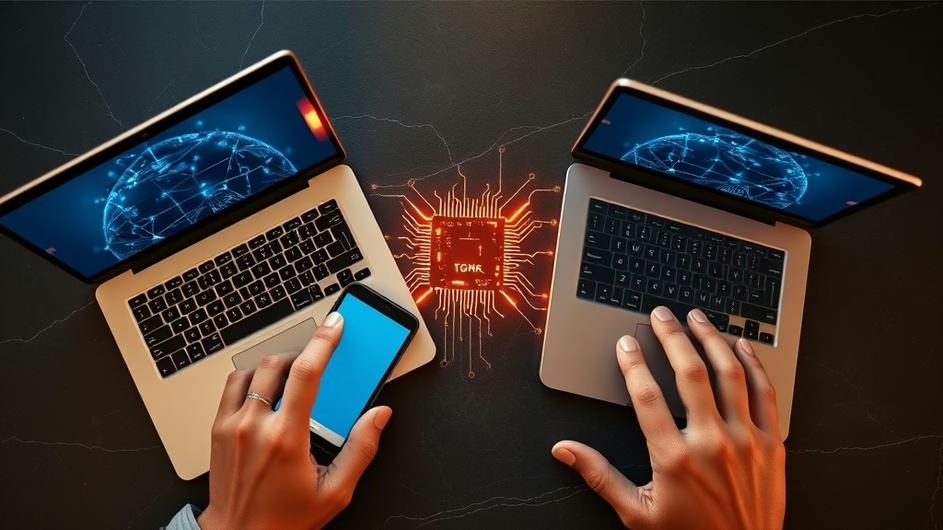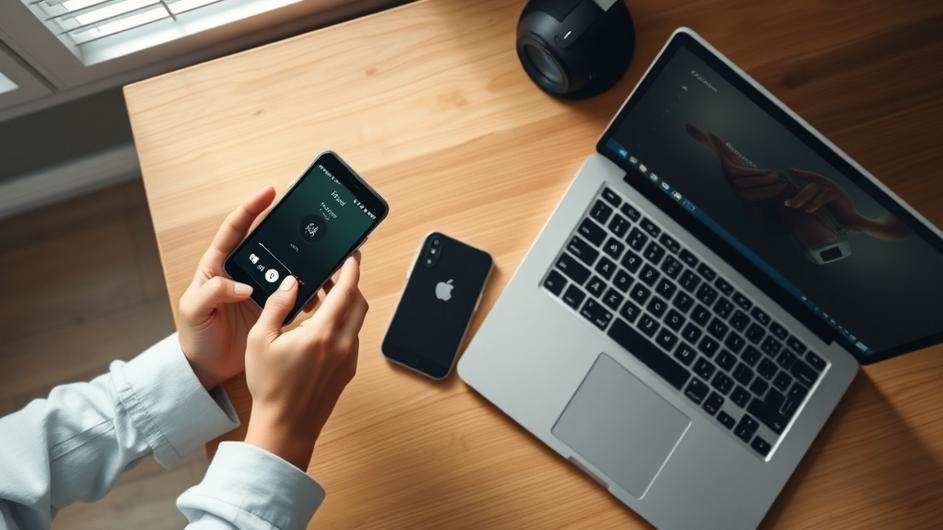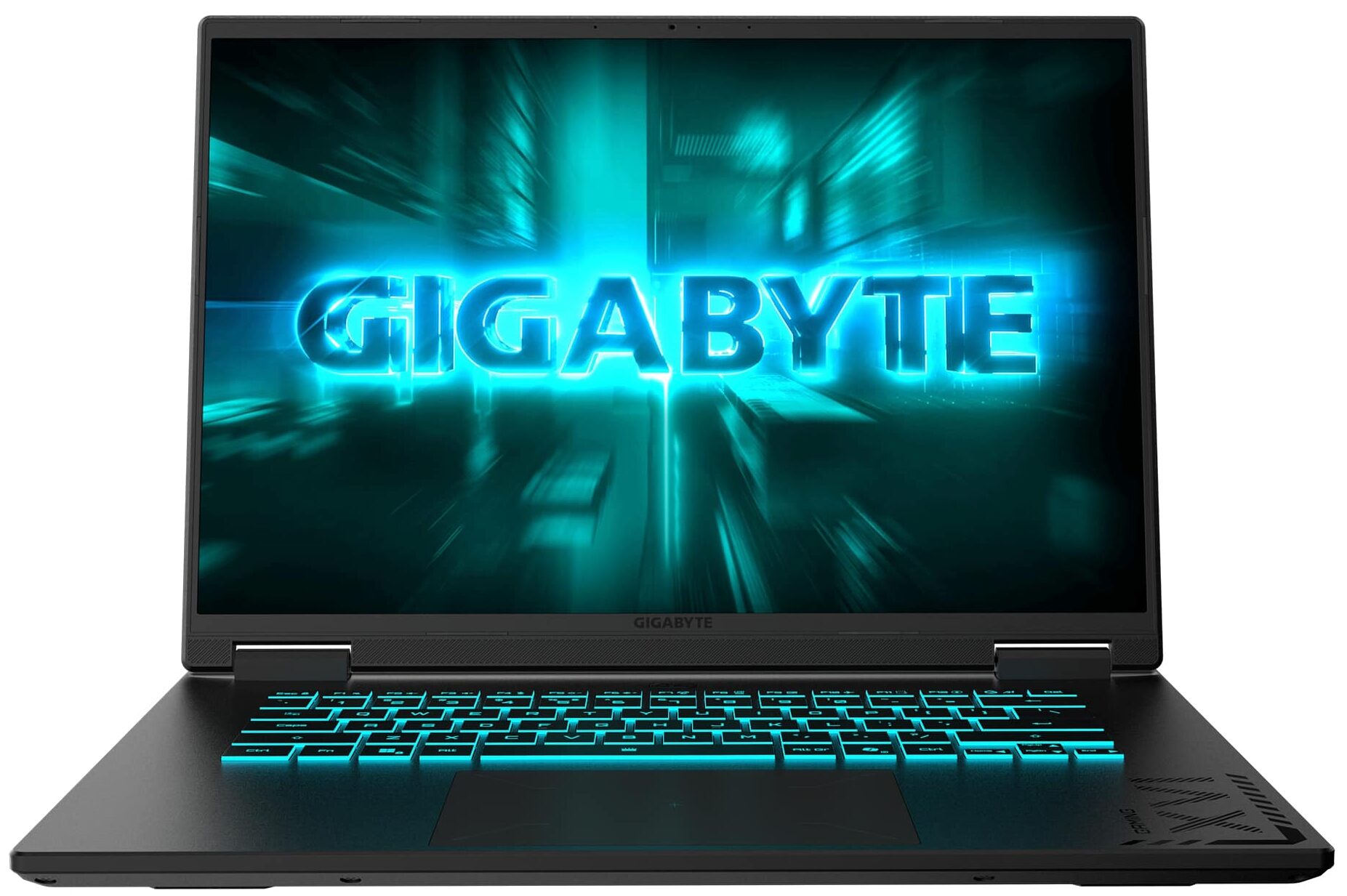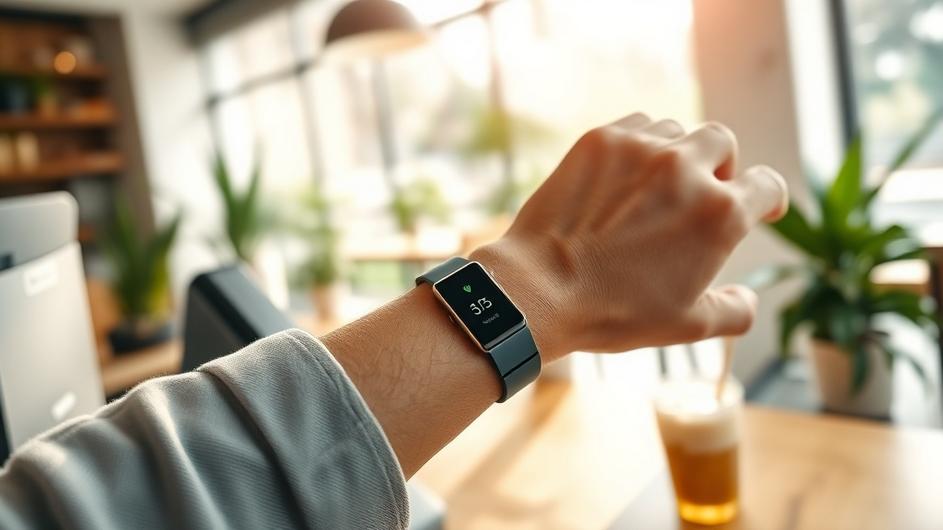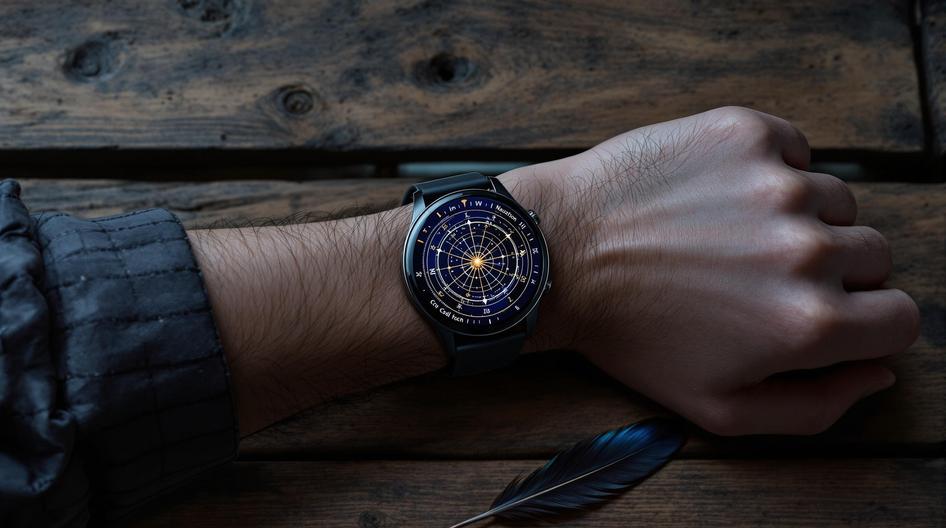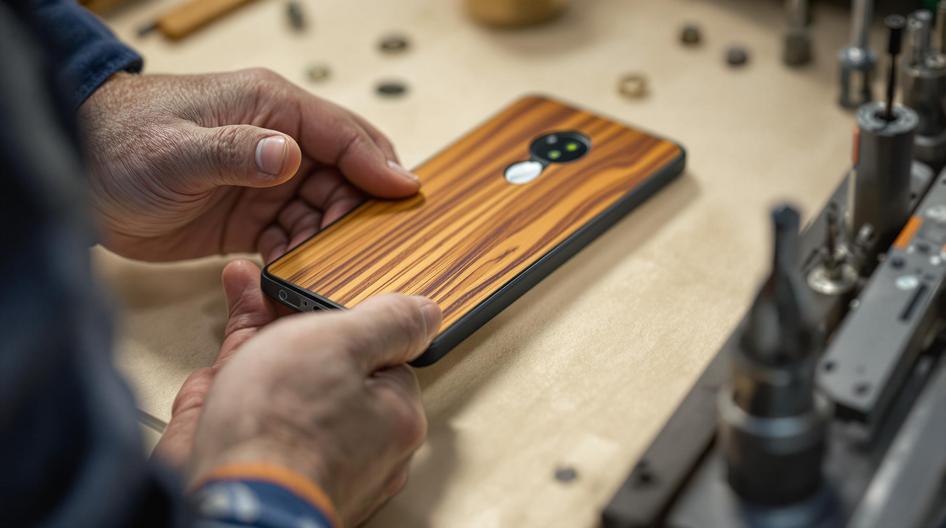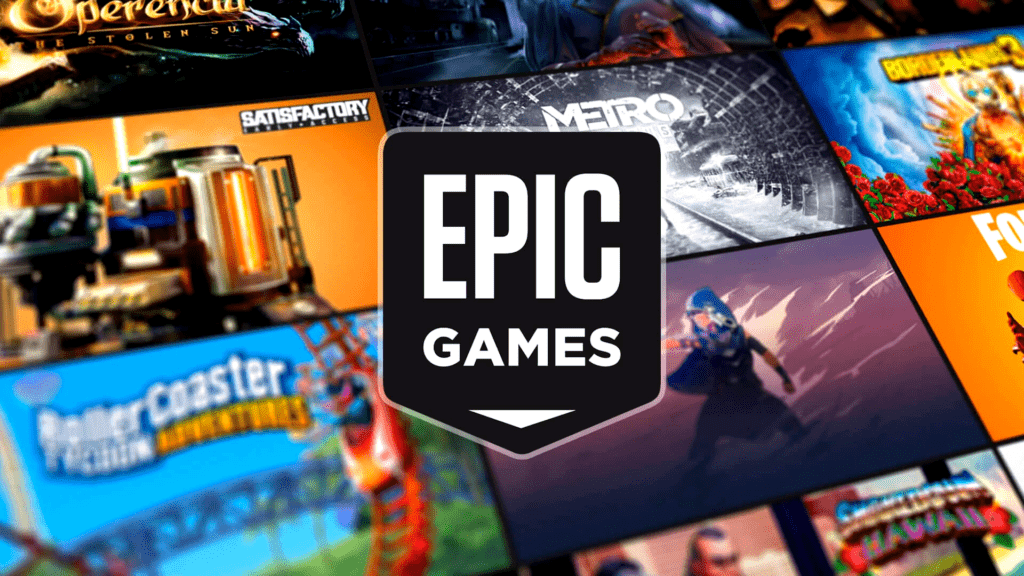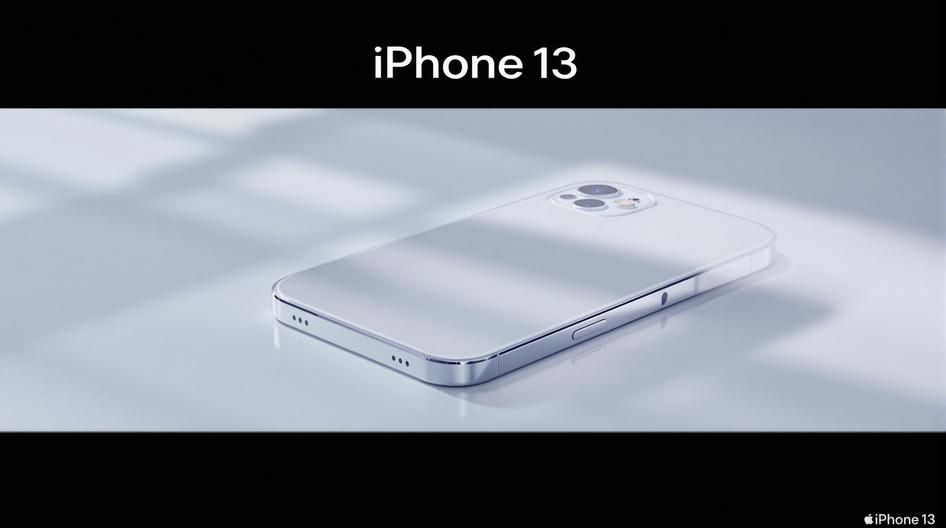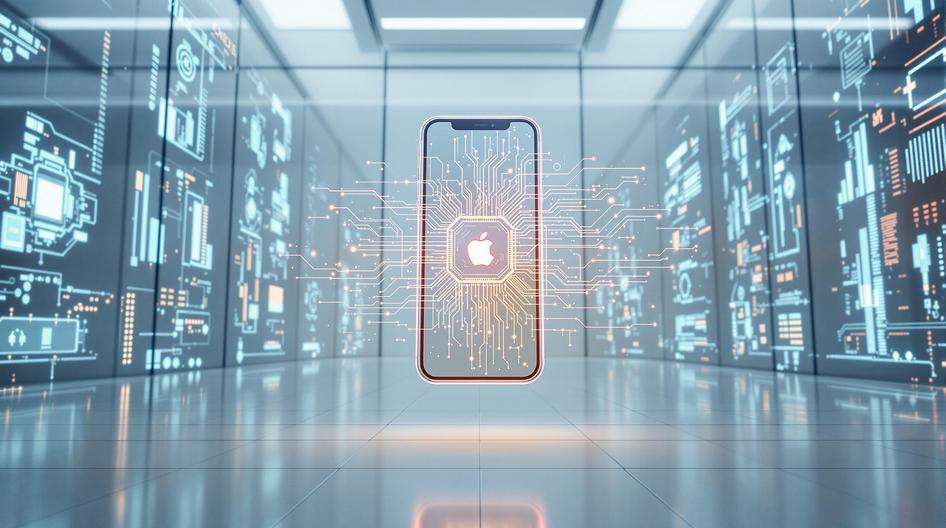
Foldables, E Ink, and Edge Computing: How Next-Gen Devices Are Redefining Digital Workflows
Tech innovation doesn’t happen in a vacuum. Every breakthrough in gadgets and computing creates ripples that reshape everything from how we work to the infrastructure powering crypto trading platforms and Web3 applications. Right now, we’re seeing some fascinating developments that hint at a future where our digital workflows become as adaptable and dynamic as the decentralized protocols they support.
Apple’s 18-Inch Foldable iPad: Ambitious or Just Plain Awkward?
Let’s be honest about Apple’s rumored 18-inch foldable iPad. While it sounds impressive on paper, critics are already calling it a terrible idea. Sure, crypto traders and developers would love that extra screen real estate for monitoring multiple wallets or debugging smart contracts on the go. But imagine actually carrying around what’s essentially a pizza box that unfolds into a tablet.
The engineering challenges are real. Apple’s trying to create something that’s both lightweight enough for mobility and powerful enough to meet iPad Pro expectations. That means solving serious problems with battery life, heat management, and basic ergonomics. When you’re dealing with sensitive crypto operations, the last thing you want is a device that’s cumbersome to use or prone to overheating.
E Ink Gets Colorful: Boox’s Palma 2 Pro Changes the Game
While Apple wrestles with size, Boox is quietly revolutionizing what E Ink devices can do. Their new Palma 2 Pro and Note Air5 C aren’t just e-readers anymore. These devices pack crisp color E Ink displays and built-in 5G connectivity, and here’s the kicker: they run any Android app.
This flexibility matters more than you might think. For developers working on DeFi projects or managing crypto portfolios, having a low-distraction device with incredible battery life could be a game-changer. E Ink’s easy-on-the-eyes display means you can monitor markets for hours without the eye strain that comes with traditional screens. Plus, with 5G built in, you’re always connected to your decentralized apps and trading platforms.
The pricing is competitive with mainstream tablets, which suggests Boox isn’t positioning these as niche devices. They’re making a serious play for the productivity market, and that includes the growing number of professionals who need reliable, secure access to blockchain networks.
Drawing Tablets Go Mainstream: XPPen’s Affordable Precision
The creative economy is getting more accessible, and the XPPen Artist 12 (3rd Gen) proves it. This drawing tablet brings pro-level stylus technology to a mid-range price point, featuring a smart chip system that rivals much more expensive options in accuracy and responsiveness.
Why does this matter for the broader tech landscape? Well, as digital art converges with blockchain technology, we’re seeing more creators minting NFTs and designing assets for Web3 projects. When professional-grade creative tools become affordable, it democratizes who can participate in these emerging markets. You don’t need to drop thousands on a Wacom tablet to create compelling digital art that could be tokenized and sold.

Rugged Computing for the Edge: Getac’s Field-Ready Powerhouses
Not all innovation happens in sleek conference rooms. Getac’s new F110 and V110 devices target professionals who need computing power in environments where dropping your tablet isn’t just embarrassing, it’s potentially catastrophic.
These 11.6-inch rugged devices pack Intel processing power, hot-swappable dual batteries, and dedicated GPS. For blockchain network validators or security auditors working in remote locations, this kind of reliability is crucial. As Web3 infrastructure moves to the edge, having hardware that can survive harsh conditions while maintaining secure connections becomes increasingly important.
The 3D aerial technology and robust LTE support mean these devices can keep validator nodes running even when traditional infrastructure fails. That’s the kind of resilience that decentralized networks need to truly live up to their promises.
Samsung’s Cloud Play: Taking on the Tech Giants
Here’s where things get really interesting. Samsung is reportedly planning to launch its own cloud service, potentially breaking away from its Microsoft partnership. This isn’t just about storage; it’s about control.
For crypto investors and developers, having a device-to-cloud ecosystem controlled by a single platform-oriented company like Samsung could mean better privacy controls and lower latency for accessing decentralized applications. When you’re dealing with private keys and smart contract interactions, every millisecond of latency and every layer of security matters.
Samsung’s vertical integration across Galaxy devices could create a more seamless experience for users who need reliable, responsive access to blockchain networks. It’s a bold move that could reshape how we think about mobile computing and cloud infrastructure.
What This All Means for the Future
These developments aren’t isolated. They’re part of a broader shift toward computing that’s more portable, more durable, and more adaptable to different use cases. Whether it’s the promise and pitfalls of massive foldables, the surprising versatility of color E Ink, or the reliability of rugged edge computing, the direction is clear.
For anyone working in crypto, Web3, or emerging tech, these next-gen devices represent strategic opportunities. They’re not just tools for productivity; they’re the building blocks of a more decentralized, secure, and creative digital ecosystem. As AI and blockchain continue to converge, having the right hardware foundation becomes crucial for staying competitive.
The question isn’t whether these technologies will succeed, but which ones will find the right balance between innovation and practicality. In a world where your computing device might also be your crypto wallet, your NFT creation studio, and your connection to decentralized networks, that balance matters more than ever.
Sources
- That Rumored 18-Inch Foldable iPad Is a Terrible Idea – Gizmodo, Wed, 22 Oct 2025
- Boox updates popular Palma E Ink device with color and 5G connectivity – Engadget, Thu, 23 Oct 2025
- Is the XPPen Artist 12 (3rd Gen) the new affordable drawing tablet to beat? – Creative Bloq, Mon, 20 Oct 2025
- Getac Launches Two New Mobile Devices – Army Technology, Thu, 23 Oct 2025
- Samsung ready to take on Google and Apple Cloud in 2026? – SamMobile, Sun, 19 Oct 2025

